Silica fume is a fine powder obtained from high-purity quartz reduction by coal in an electric furnace or blast furnace at temperatures above 2000 ° C during the production of silicon or ferrosilicon alloys (iron silicon). Silica fume is evaporated as an oxidizing vapor from the blast furnace. It cools, settles and is recovered in large sacks. The deposited silica fume is treated to remove impurities and control particle size.
The mechanism of action of the additive
Silica fume usually works in two functions: the first act as a polymer or chemical effect. The polymer reaction is a reaction between high concentration silicon dioxide (SiO2> 85%) in silica fume and Ca (OH) 2 produced by hydration of cement. The reaction produces a CSH gel that binds more closely with the aggregate and at the same time reduces the unprofitable Ca(OH)2 produced in cement hydration. Weaker Ca(OH)2 does not increase strength, and concrete is susceptible to sulfate corrosion, chemical impact and alkaline aggregate reactions when Ca(OH)2 content is high in concrete.
The role of CSH is to increase the overall strength, especially high strength and high durability of concrete at an early age.
Silica fume applications
1. High strength concrete
With existing silica fume standards and reference projects around the world, enhanced high-strength concrete with silica fume gives architects and engineers a more flexible design. Traditionally in tall buildings using smaller columns is more beneficial (increasing the space used), high-strength concrete containing silica fume is often used in pre-engineered post-tension beams, allowing for increased internal aperture, design girders. Silica fume concrete has compressive strength up to 100 MPa, modulus of elasticity higher than 40,000 MPa, flexural strength of 14 MPa at the age of 28 days for airport paving and high early age strength for projects Fast construction and use for precast concrete.
2. High performance and durable concrete
High performance concrete (HPC) containing silica fume is a material with great advantages needed for infrastructure renovation. In addition to significantly increased strength and durability, HPC is made with silica fume that is highly waterproof, increases wear resistance and corrosion resistance. Corrosion to the reinforcement in concrete occurs when chloride enters the concrete, damaging the weak protective layer surrounding the reinforcement, causing rust and pitting. Carbonation process is another cause of corrosion of the reinforcement, when the concrete is carbonated to the level adjacent to the steel bar, the neutral (neutral) environment will gradually replace the alkaline environment to protect the reinforcement from being eaten, trail. Under that condition, the reinforcement is no longer passive and quickly corroded. Corrosion caused by carbonation of the concrete cover occurs more slowly than corrosion caused by chloride. The addition of silica fume to the marine construction concrete reduces the permeability of the concrete will be highly effective against the ingress of chlorine ions. The corrosion stimulation of the reinforcement and the destruction of the concrete is clearly controlled, reducing the maintenance costs of the building. Silica fume is suitable for any project in areas with chloride and groundwater, underground or in the air.
3. Shotcrete
Silica fume sprayed concrete saves money and time and is more effective than sprayed concrete to stabilize rocks, mine tunnels and repair damaged bridges, and repair offshore piles and piles. Silica fume increases the permissible adhesion of larger thicknesses, which significantly reduces rebound strength and achieves greater flexural strength.
4. Use as repair adhesive mortar
Silica fume is often used as an ingredient in repair adhesive products. A silica fume denatured dry or spray plaster or plaster can be blended for a variety of applications. It is used for the repair of damaged concrete structures in marine environments where the need to increase the waterproofing and ingress of chlorine ions is required.
5. Used to seal oil wells
In the oil well wall plaster blasting field, grouting is like a hydraulic sealant in the oil well wall to repair even leaks, chisels and repair damaged areas, the addition of silica fume (Besides creating a enveloping effect in oil wells, spraying mortar also prevents gas permeability), silica fume creates good flow for mortar and is easier to apply. Silica fume mortar greatly reduces water permeability, is able to control gas permeability, while increasing durability and compressive strength.
6. Use as refractory material
Refractory materials containing silica fume have higher strength than non-silica fume, especially under high temperatures and with high density. They maintain a smaller porosity and a greater volume stability.
Silica fume is commonly used as a bonding mortar for repair and refractory production….

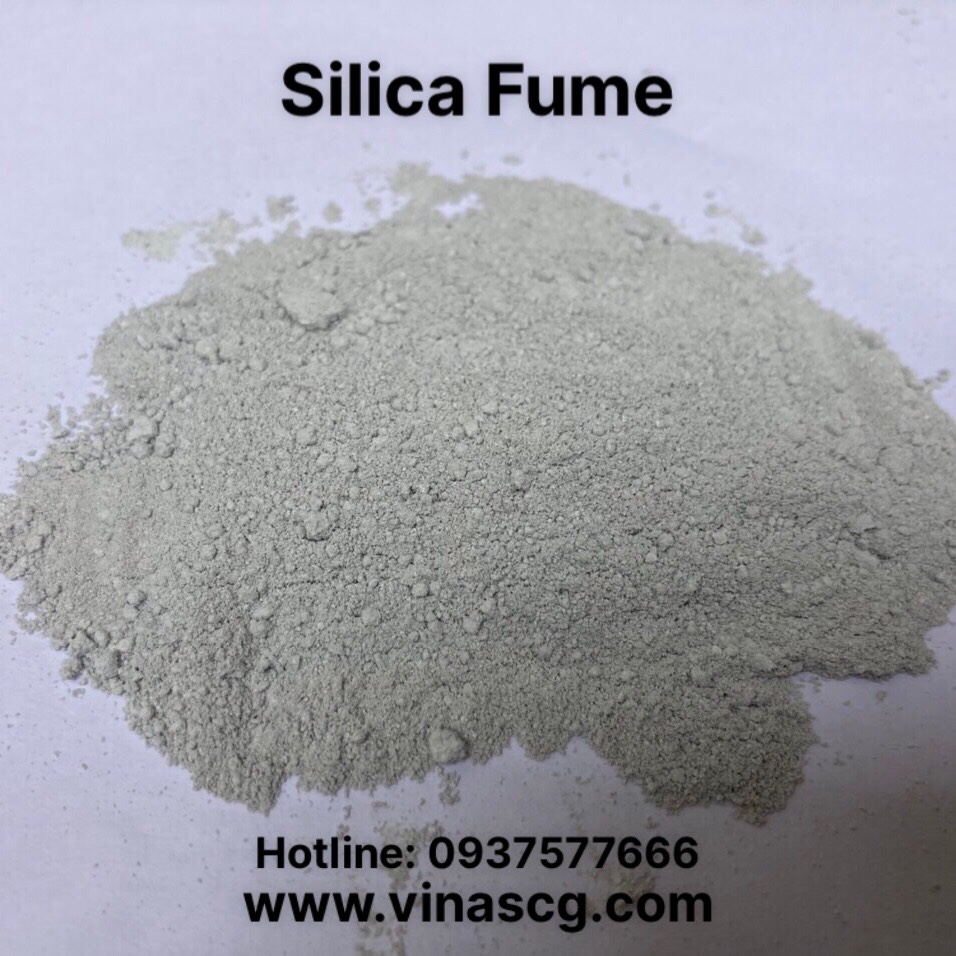
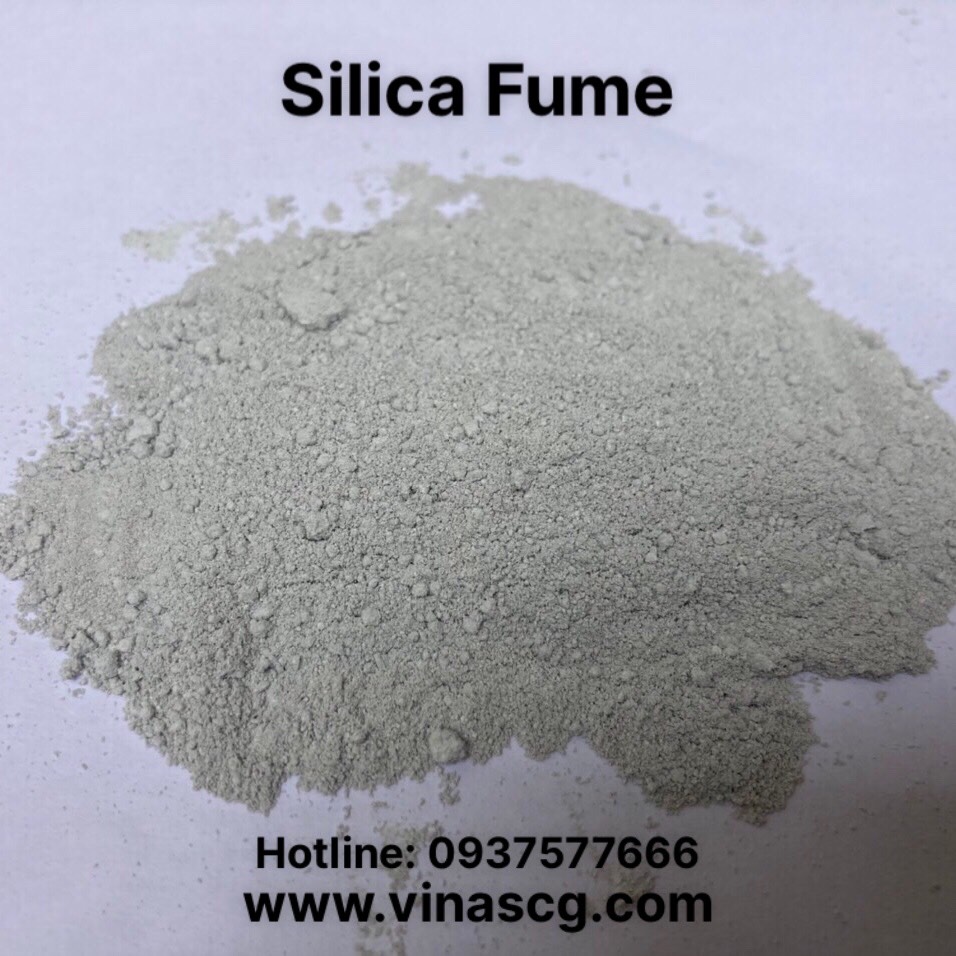
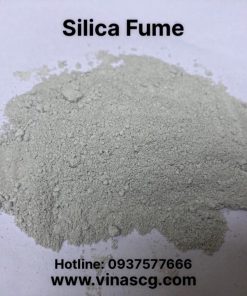
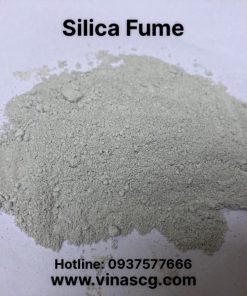
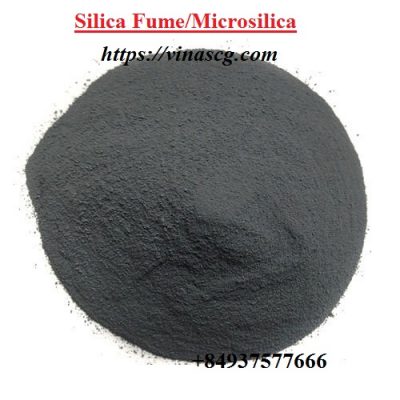

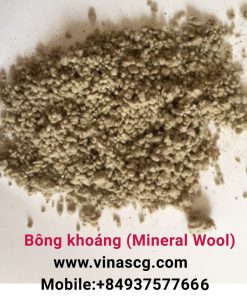
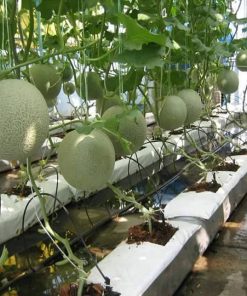
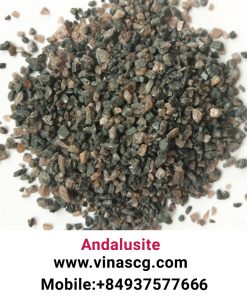

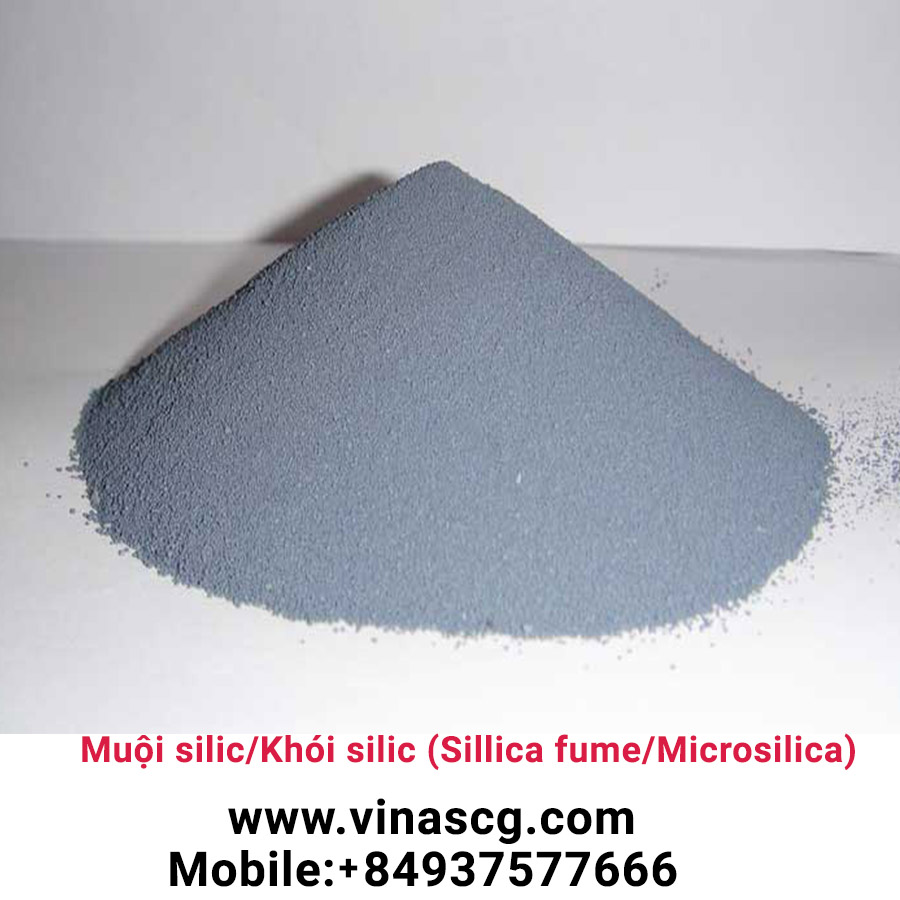
Anonymous –